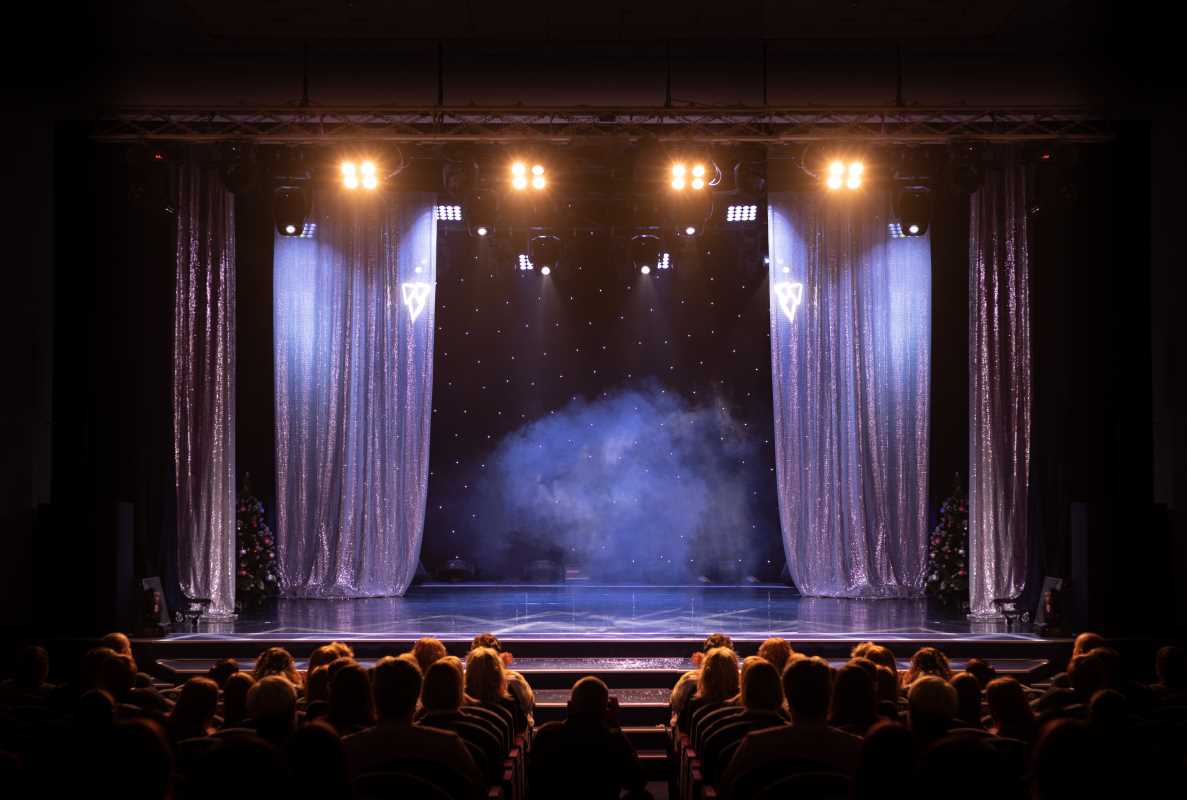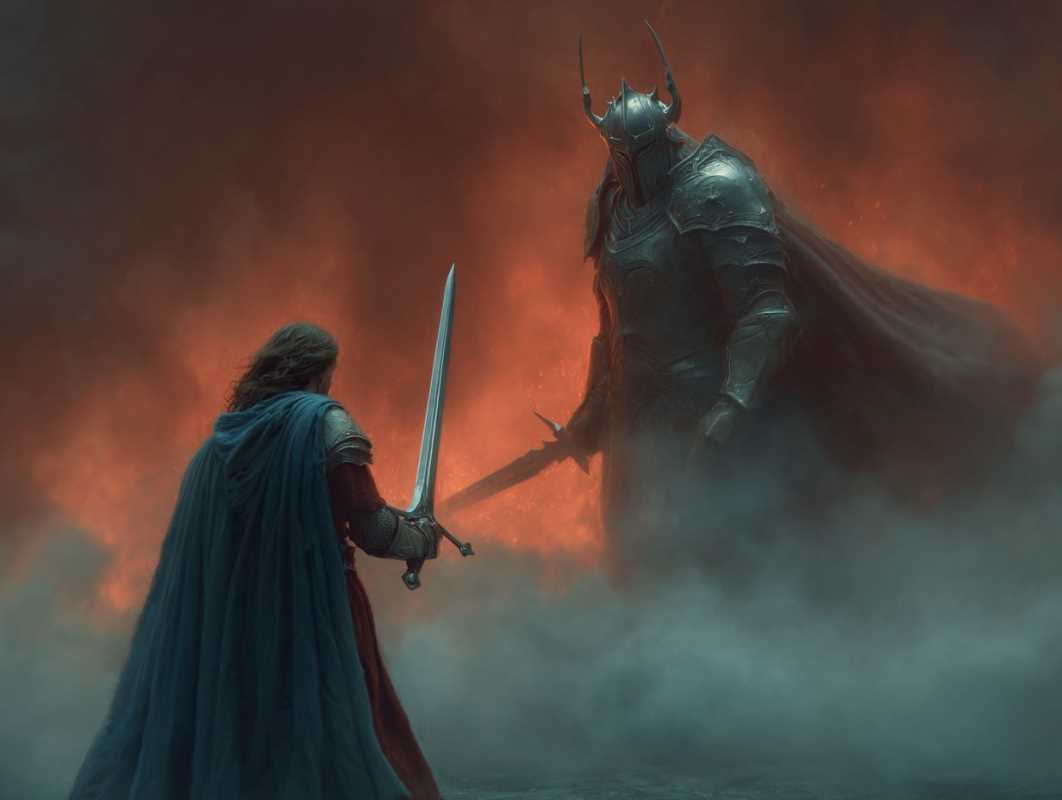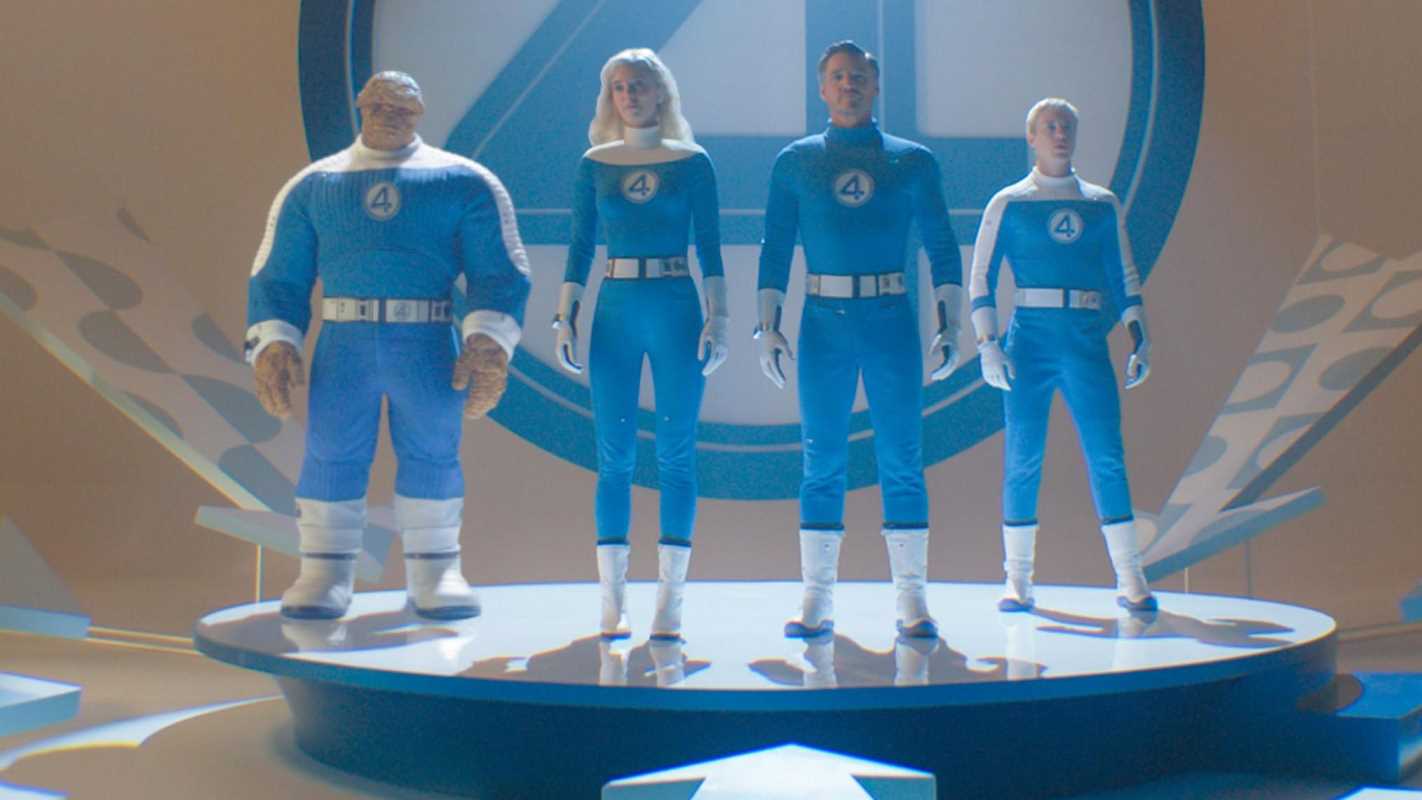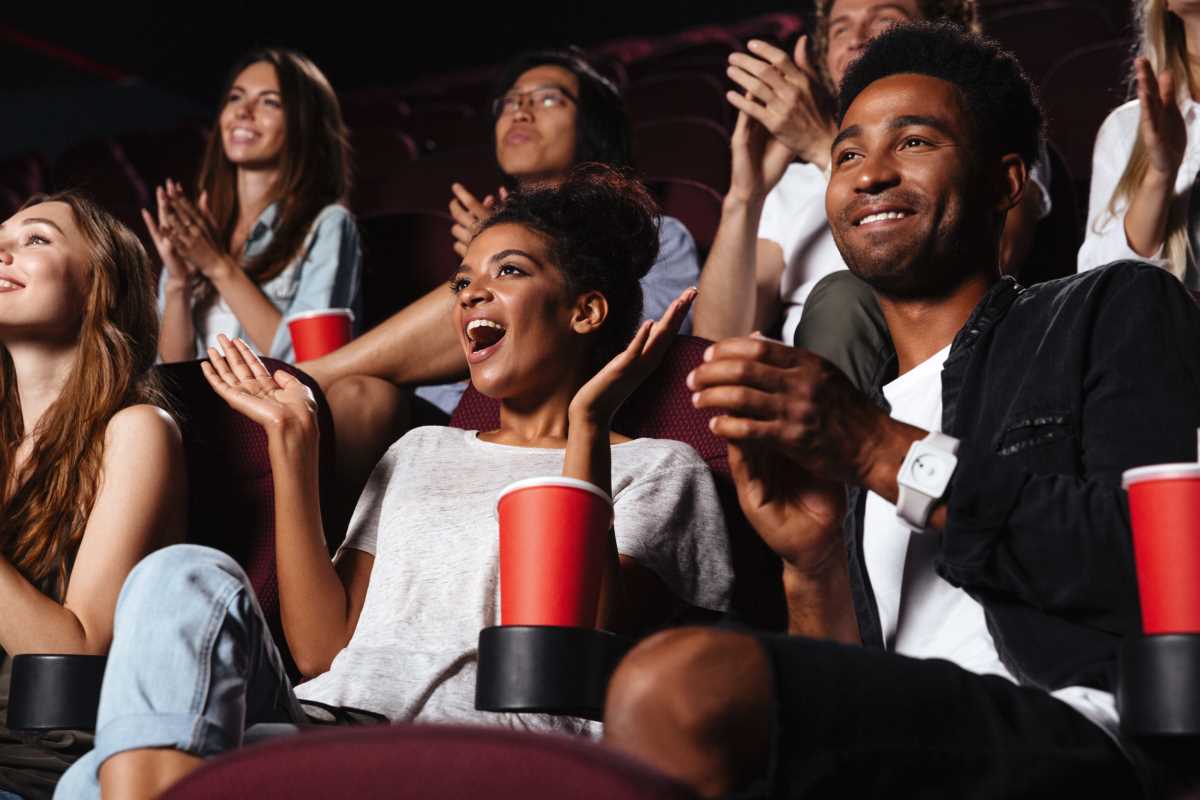Dance has always been a beautiful way to express emotions and tell stories through movement. Now, with advancements in technology, dance is reaching new heights through virtual performances. These performances combine art and innovation, using tools like virtual reality (VR), motion capture, and digital stages. This fusion creates mesmerizing experiences for both dancers and audiences. Imagine a dancer performing inside a digitally animated world or wearing motion-capture suits to transform their movements into light or shapes on screen. These technologies make it possible to push the limits of creativity, making dance more exciting and accessible than ever before. Through this article, we’ll explore how dance and technology are coming together, their benefits, challenges, and what the future might hold.
How Technology Enhances Dance
Technology has become a powerful tool for dancers, choreographers, and creators to explore new ways of presenting performances. One of the most exciting advancements is virtual reality. Using VR headsets, audiences can step into a completely virtual world, watching performances as if they were right there on stage with the dancers. A VR ballet might place viewers in the middle of a dreamy landscape or a futuristic city, completely immersing them in the performance.
Motion-capture technology is also reshaping dance. Dancers wear special suits with sensors that track their every move. These movements can then be transferred onto 3D characters or digital effects, making it look like the dancer is creating ripples of light, fire, or water as they move. This method has been used in movies and video games, but its presence in live dance performances is growing.
Digital stages are another fascinating development. Instead of performing on physical sets, dancers can perform on a blank stage where digital backgrounds are added in real-time. Imagine a dancer leaping gracefully in front of an erupting volcano or floating in a galaxy full of stars—this is all possible with today’s technology.
Examples of Virtual Dance Performances
Virtual performances are already captivating audiences around the world. The Sadler’s Wells Theatre in London created a virtual dance studio that allows audiences to watch performances online. This platform doesn’t just provide videos of the dance—it uses interactive elements, like 360-degree views, to bring a more engaging experience.
Another incredible example is the show “Tree of Codes,” where dancers performed in front of stunning digital projections that interacted with their movements. The combination of live dance and technology made this performance feel like stepping into a living art piece.
Choreographer and dance innovator Wayne McGregor has pushed boundaries with motion capture in his performances. His projects transform dancers into glowing digital beings or magical shapes, creating a blend of physical and virtual movement that can’t be achieved on a traditional stage.
Benefits of the Fusion of Dance and Technology
One of the biggest advantages of combining dance and technology is increased accessibility. Not everyone can visit a theater to watch a performance, but with online dance platforms and virtual performances, people can enjoy incredible shows from anywhere in the world. Someone sitting at home in a small town can now participate in a performance happening on the other side of the planet.
This fusion also opens up new creative possibilities for choreographers and dancers. Technology allows them to experiment with movement in ways that were unimaginable before. Each leap or twirl can trigger stunning visual effects, allowing the performance to offer more than just the dance—it tells a unique, immersive story through a mix of movement and digital art.
For audiences, this combination makes performances more engaging. The use of virtual reality or motion capture creates an interactive element that helps viewers feel like part of the story. Younger generations, in particular, may find digital performances more appealing, connecting with them through the technology they already use.
Challenges of Combining Dance and Technology
While the fusion of dance and technology has plenty of potential, it doesn’t come without challenges. One of the biggest hurdles is cost. Advanced tools like virtual reality headsets, motion-capture suits, or digital stage technology can be expensive, making it difficult for smaller dance companies to adopt them.
Another challenge is learning to balance art and technology. There’s a risk that the technology could overshadow the dance itself, making it feel like a tech display rather than an artistic performance. For choreographers and creators, it’s important to ensure the technology adds to the story rather than distracts from it.
Lastly, technical difficulties can arise during a live performance. If a motion-capture suit glitches or a digital stage effect malfunctions, it can affect how the performance is received.
The Bright Future of Dance and Technology
Despite the challenges, the future of dance and technology looks promising. As technology improves and becomes more affordable, we’re likely to see more creators experimenting and pushing artistic boundaries. Virtual reality could become a regular part of dance performances, allowing anyone with a headset to step into exciting new creative worlds.
This fusion can also inspire younger generations of dancers and creators who are already comfortable with technology. New ideas could emerge from blending traditional dance with tools like artificial intelligence or augmented reality.
Ultimately, this union of art and innovation has the power to bring people together. Dance has always been about emotion, storytelling, and connection, and technology can amplify these elements. It can help reach more people, invite bold creativity, and create experiences we’ve never imagined before.
The fusion of dance and technology is a celebration of what’s possible when the past and the future come together. With endless opportunities to explore, the future of virtual performances shines brightly, offering new ways for both dancers and audiences to connect and be inspired. Whether it’s onstage or in a virtual world, the power of dance will continue to move and captivate us all.







